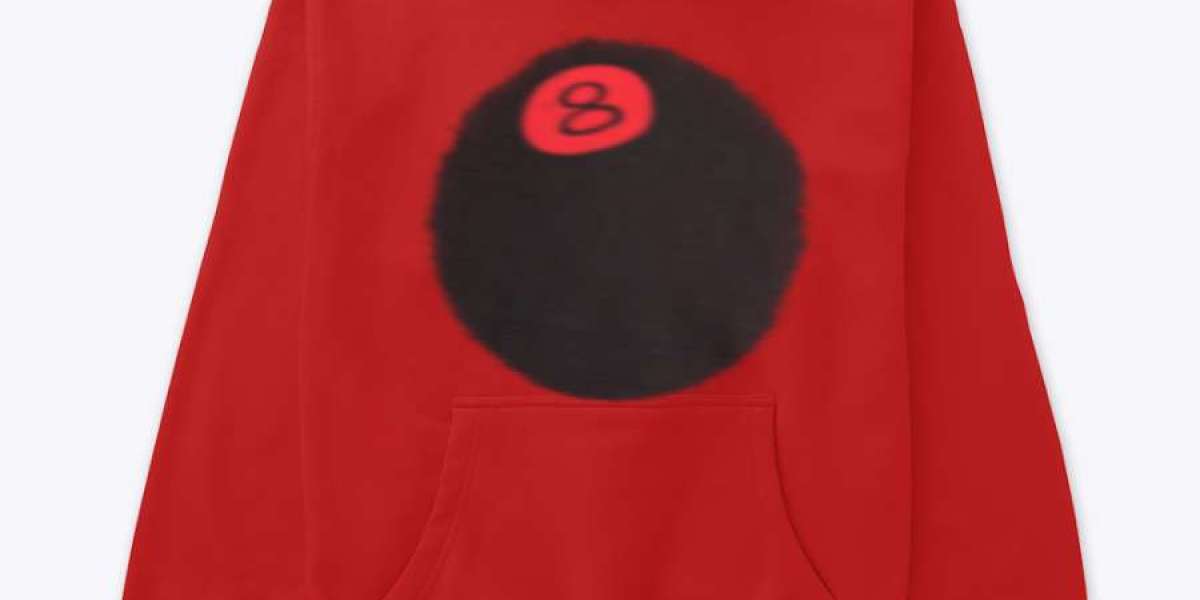Streetwear is more than just a fashion trend—it’s a cultural movement that blends music, art, and rebellion into wearable statements. At the heart of this movement lies the Stussy hoodie, a garment that has transcended its humble beginnings to become a symbol of authenticity, urban identity, and self-expression. But what makes this piece of clothing so iconic? How has it managed to shape and define streetwear culture over the decades?
In this deep dive, we’ll explore the Stussy hoodie’s influence, its roots in subculture, and why it remains a cornerstone of streetwear fashion. From its ties to surf and skate scenes to its role in high-fashion collaborations, the Stussy hoodie is more than just apparel—it’s a cultural artifact.
The Origins of Stussy: From Surf Shops to Streetwear Dominance
Before the https://stussystoreofficials.com/ became a global phenomenon, it was just an idea in Shawn Stussy’s mind. In the early 1980s, Stussy began hand-printing his signature logo on T-shirts and surfboards in Laguna Beach, California. What started as a small-scale operation quickly gained traction among surfers, skaters, and hip-hop enthusiasts who resonated with its rebellious aesthetic.
The hoodie, introduced later, became a natural extension of the brand’s ethos. Unlike traditional sportswear, the Stussy hoodie wasn’t just about comfort—it was a badge of belonging. The bold graphics, loose fit, and effortless cool made it a must-have for those who wanted to stand out while staying rooted in underground culture.
The Stussy Hoodie as a Canvas for Subcultural Identity
Streetwear has always been about more than just clothes—it’s a way to communicate identity. The Stussy hoodie, with its ever-evolving designs, became a medium for self-expression. Whether it featured graffiti-inspired prints, Japanese kanji, or collaborations with artists, each iteration told a story.
In the ’90s, hip-hop artists and skaters adopted the Stussy hoodie as part of their uniform. It wasn’t just about looking good; it was about aligning with a lifestyle that rejected mainstream norms. The hoodie’s oversized fit allowed for movement, perfect for skateboarding, while its bold branding made it a status symbol in urban communities.
How Stussy Bridged the Gap Between Underground and Mainstream
One of the most fascinating aspects of the Stussy hoodie’s legacy is how it transitioned from niche subculture to mainstream acceptance. Unlike other streetwear brands that either faded away or sold out, Stussy maintained its authenticity while expanding globally.
The brand’s limited drops and exclusivity kept demand high, while collaborations with giants like Nike and Comme des Garçons introduced the hoodie to new audiences. Yet, despite its commercial success, the Stussy hoodie never lost its edge. It remained a symbol of counterculture, even as it walked the runway at Paris Fashion Week.
The Role of the Hoodie in Streetwear’s Anti-Establishment Ethos
Streetwear has always thrived on rebellion, and the Stussy hoodie embodies this spirit. In the ’80s and ’90s, wearing a hoodie was a political statement—a rejection of corporate dress codes and societal expectations. Stussy’s designs often played with anti-authoritarian themes, from anarchic typography to satirical graphics.
Even today, the hoodie remains a garment associated with resistance. It’s been worn by activists, musicians, and artists who use fashion as a form of protest. The Stussy hoodie, in particular, carries this legacy, proving that clothing can be both stylish and subversive.
Stussy’s Influence on Modern Streetwear and High Fashion
The impact of the Stussy hoodie extends far beyond streetwear—it has reshaped the entire fashion industry. Before luxury brands like Balenciaga and Louis Vuitton embraced streetwear, Stussy was already blurring the lines between high and low fashion.
Collaborations with brands like Dior and fragment design solidified its place in fashion history. The hoodie, once considered casual wear, became a luxury item. Yet, Stussy never abandoned its roots. Even as it gained prestige, the brand stayed true to its DIY origins, proving that authenticity is timeless.
Why the Stussy Hoodie Remains a Collector’s Item
In an era of fast fashion and fleeting trends, the Stussy hoodie has retained its value. Vintage pieces from the ’90s and early 2000s sell for hundreds (sometimes thousands) of dollars on resale markets. Collectors hunt for rare colorways, limited-edition collaborations, and original prints.
What makes it so coveted? It’s not just nostalgia—it’s the hoodie’s ability to capture a moment in time. Each design reflects a specific cultural movement, whether it’s the rise of hip-hop, the globalization of streetwear, or the fusion of art and fashion. Owning a Stussy hoodie isn’t just about wearing a brand; it’s about owning a piece of history.
The Future of the Stussy Hoodie in an Ever-Changing Fashion Landscape
As streetwear continues to evolve, the Stussy hoodie remains a constant. New








